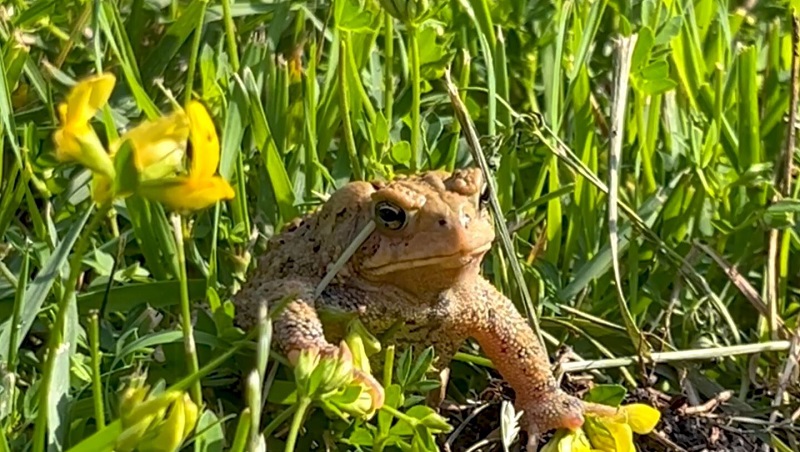Local News
In order to investigate the populations of American and Canadian toads, ND Game and Fish collaborates with NDSU

Bismarck, North Dakota – A special toad study project has started since it’s crucial to monitor all wildlife populations in our state.
In order to examine the populations of American and Canadian toads in our state, the North Dakota Game and Fish Department has teamed up with North Dakota State University.
“North Dakota has historically had the American toad, the Canadian toad, the Great Plains toad, the Woodhouse’s toad, and the Spadefoot toad. Over the last decade or so, we haven’t been able to find any American toads. They are known to prefer forested habitats, but they’re also known to hybridize with the Canadian toad,” said Dr. Matthew Smith with NDSU.
The North Dakota Game and Fish Department provided a State Wildlife Grant to support the toad research project.
“One of our species of conservation priority is the Canadian toad and through research we’ve done with Matthew in the past, come to find out that maybe the state’s population of American toads has declined. So we’re just trying to figure out what might be going on with that,” said Pat Isakson, a conservation biologist with the North Dakota Game and Fish Department.
The Red River Valley’s wildlife management areas are where Smith is concentrating the majority of his efforts.
“So that’s historically the range of the American toad. So, Cass, Barnes, the Sheyenne National Grasslands, really in the southeastern part of the state, that’s where American toads traditionally were and that’s where they’ve disappeared. And then we come out west, so today we’re out in the Oahe area because we found Canadian toads here in the past,” said Smith.
All species of toads can be caught using one of two techniques: hand traps or buried pitfall traps. The labor starts after the toads are captured, like this woodhouse toad.
“We’ll take some morphological measurements. We’ll take some photos of the top of their head. That’s one of the key ways we can tell the difference between an American toad and a Canadian toad,” said Smith.
No matter the creature, it’s critical to monitor the environment of our state’s wildlife populations.
“This one just happens to be a toad. And if we lose this species to the state, we lose biodiversity and that can affect all the creatures out there,” said Isakson.





